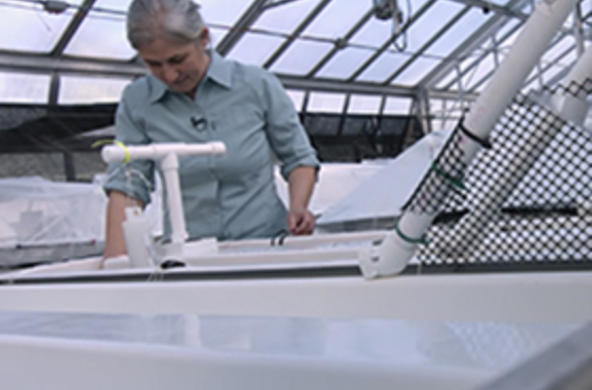An online repository of maps has been launched to make information on freshwater biodiversity available on a common platform for use by scientists, policymakers, conservationists and NGOs.
The Global Freshwater Biodiversity Atlas will help developing countries identify biodiversity-rich areas for conservation.
It was launched last month (29 January), as part of an EU-funded project called BioFresh, with the aim of putting together published maps and sharing them under a creative commons licence.
Experts say it could help developing nations better manage their biodiversity and meet targets, for example by identifying the areas where conservation can be most effective.
Vanessa Bremerich, the technical editor of the atlas who is based at the Leibniz Institute of Freshwater Ecology and Inland Fisheries, in Germany, says that in contrast to maps published in scientific papers - which are scattered across different journals and are often hard to access - the atlas will be an "an open platform that presents all the research results and data in one place".
The atlas contains maps on the global distribution of freshwater-dependent species including amphibians, birds, fish, mammals and reptiles. Maps predicting the effects of climate change and the introduction of invasive species on native populations are also present.
"The idea formerly was to have the atlas as a [printed] book but then we decided that it would make more sense to have it as an online tool because that would allow us to update and enhance it any time we come across an interesting map," says Astrid Schmidt-Kloiber, editor of the atlas and an ecologist at the University of Natural Resources and Life Sciences in Vienna, Austria.
Each map in the atlas is accompanied by a short description and citations to original sources and institutions.
The developers also say they have plans to include older maps, for example from a century or more ago, so as to compare species diversity over time. Contributions of old maps are being sought from the scientific community.
"We are working together with several institutes and partners; one of them is the Global Water Systems Project and from them we will have maps on groundwater resources," Schmidt-Kloiber tells SciDev.Net.
"The focus will be to fill in the gaps and try to find as many maps as possible."
David Strayer, researcher at the Cary Institute of Ecosystem Studies in the United States, says: "There's a unique and very high biodiversity in the freshwaters but when we talk about biodiversity people think about coral reefs and tropical rainforests.
They don't think of freshwater as rich in biodiversity. Sites like these have the potential to increase the visibility of biodiversity in freshwaters, its threatened status and maybe solutions to protecting it."
William Darwall, manager of the Freshwater Biodiversity Unit, IUCN in Cambridge, United Kingdom, says that some countries in Africa, for example The Democratic Republic of Congo (DRC), are keen to meet targets set out under the Convention on Biological Diversity.
"As part of that process they need to figure out where the network of protected areas should be to best represent biodiversity," says Darwall.
He says an analysis by the IUCN, which is a partner of the atlas, was used directly to inform the development of a protected area network in the DRC by identifying the most important places for freshwater biodiversity conservation.
"A similar approach could be applied for the whole of Africa," he says.





